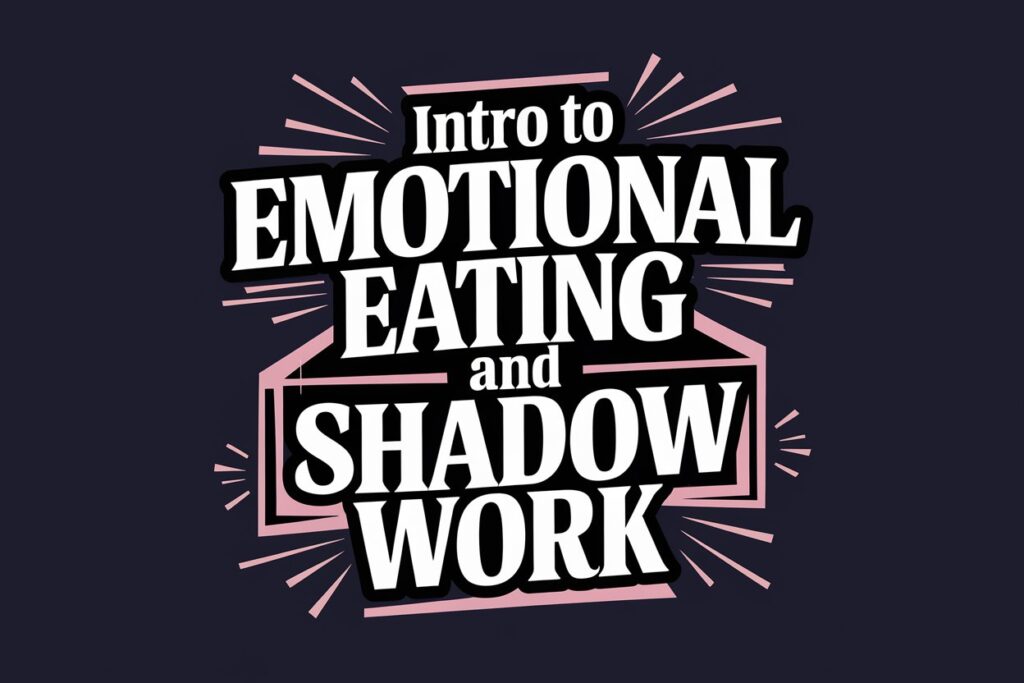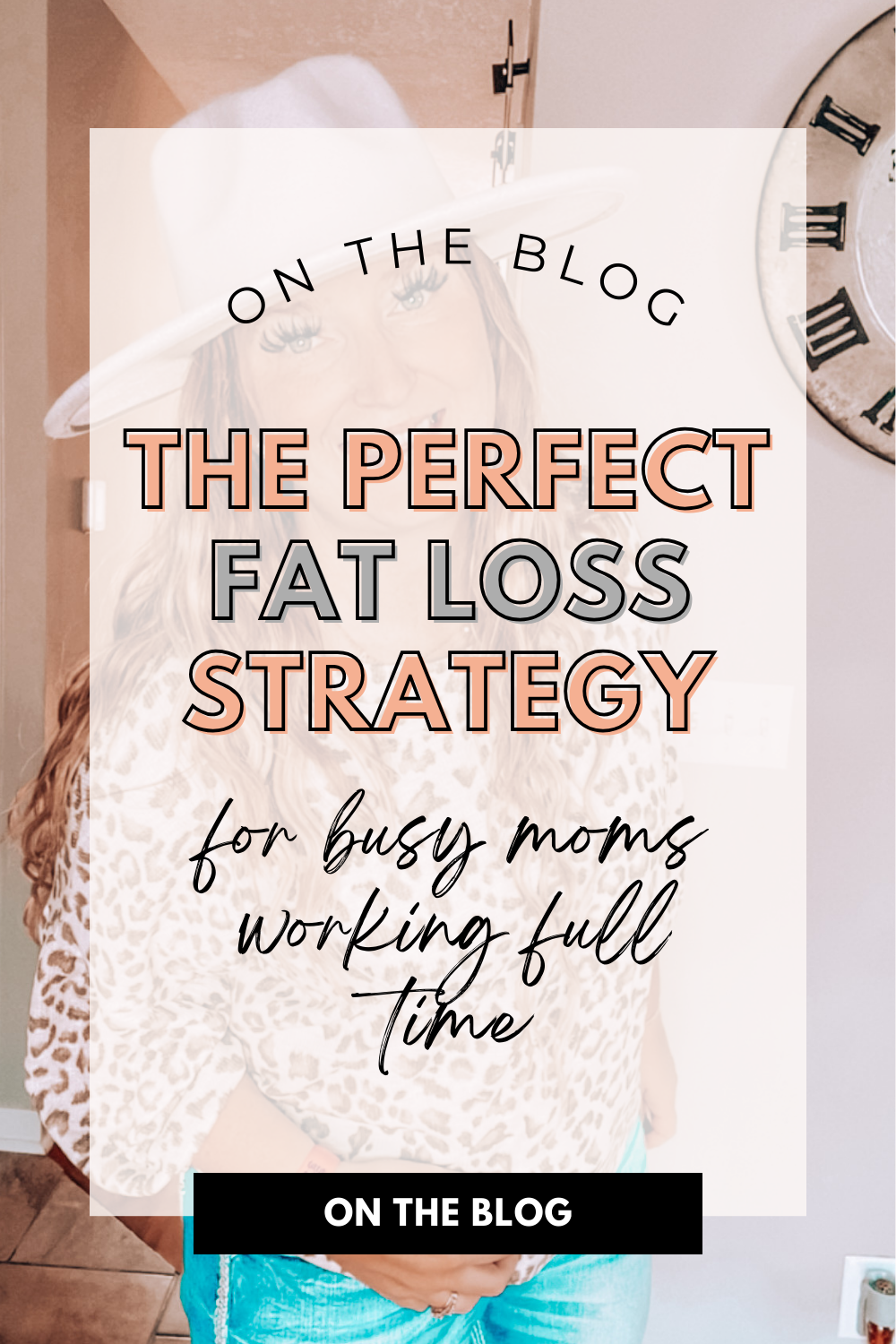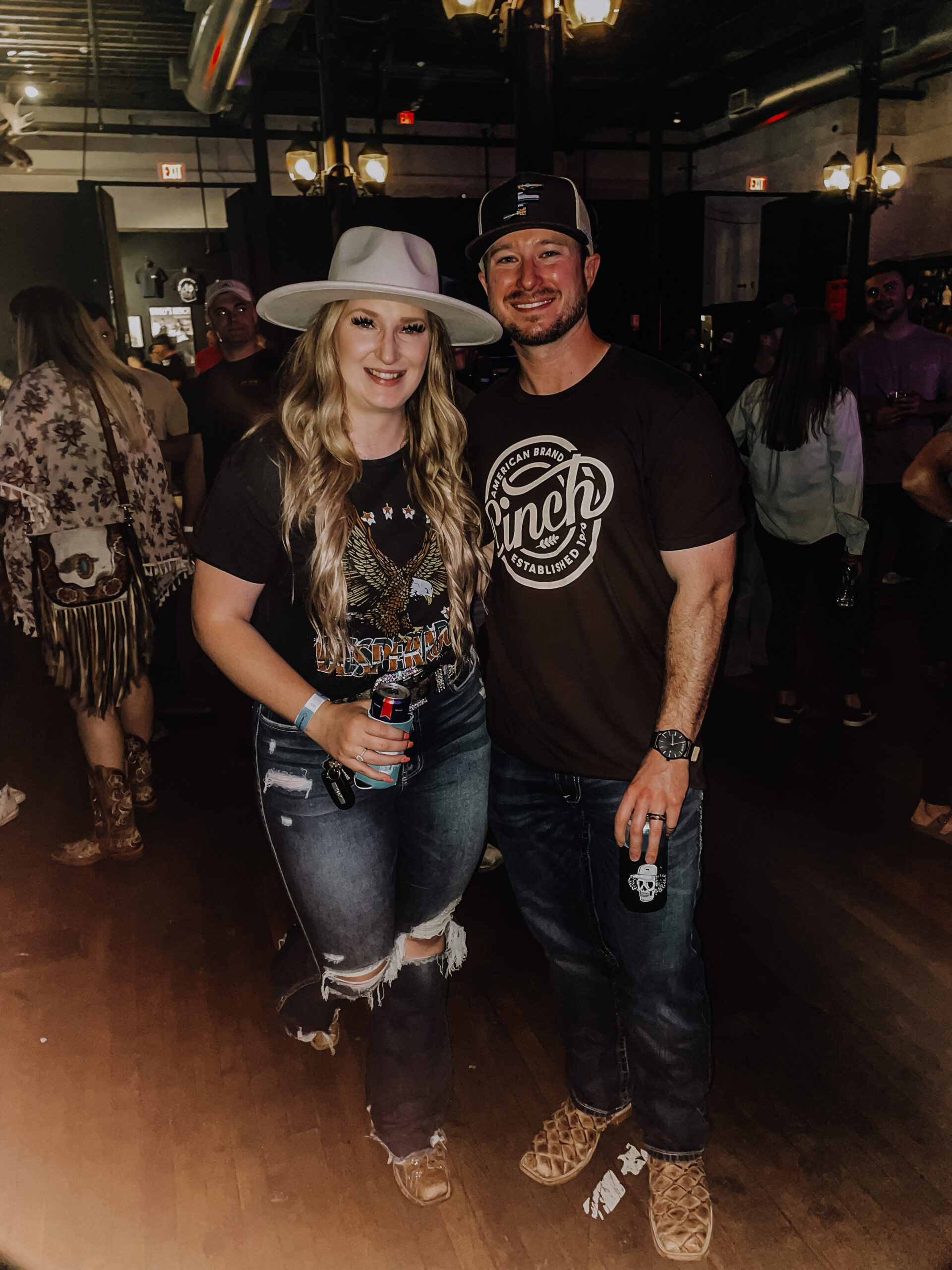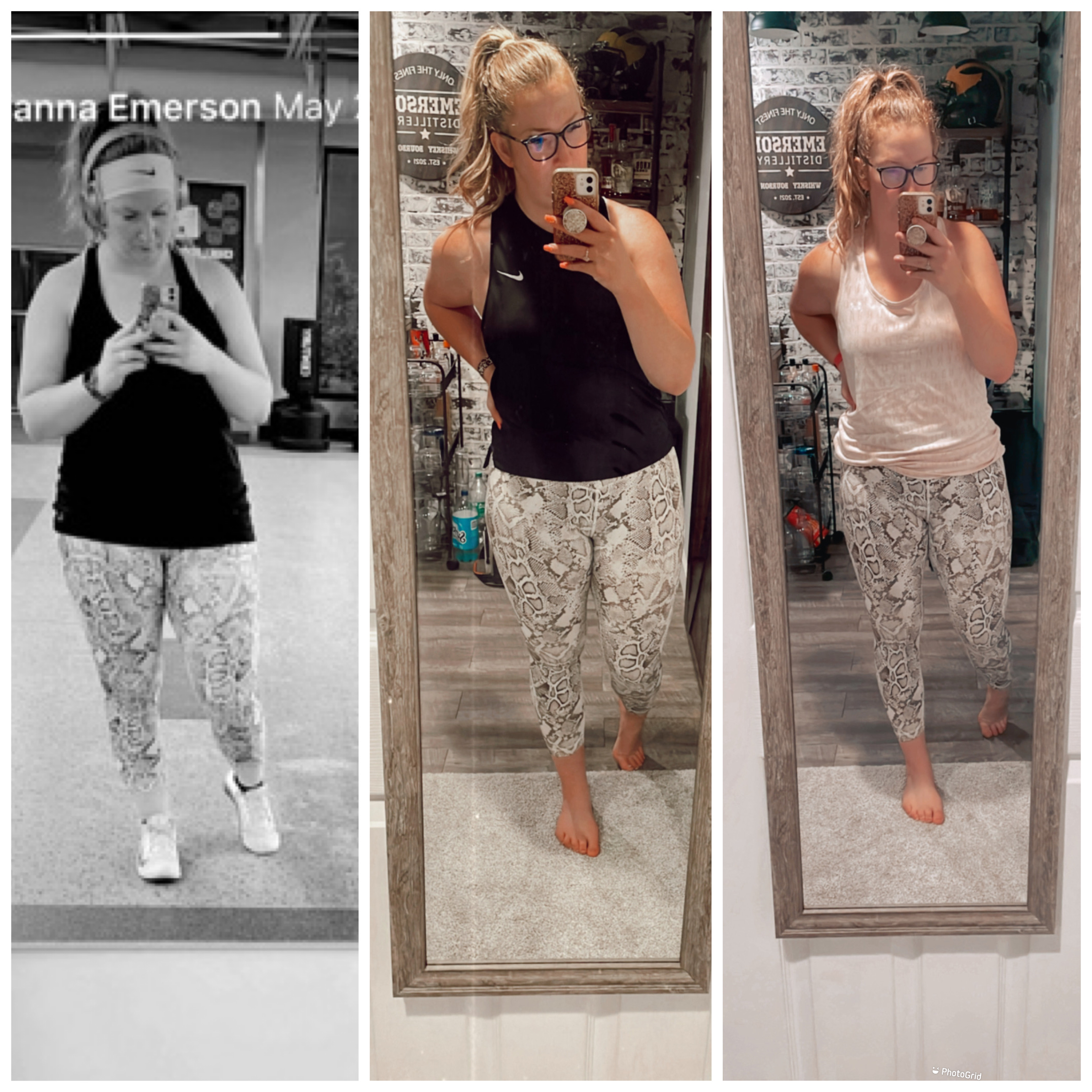Introduction to Emotional Eating and Shadow Work
I’ve Been There Too: My Emotional Eating Journey
I’ll never forget the countless evenings after a stressful day at work, where I found myself deciding on the drive home that dinner would be from Culver’s or McDonald’s. It felt like the only thing I had control over when everything else in my life seemed chaotic and overwhelming.
The first few bites always brought a sense of relief—the food tasted so good. But as soon as I finished, the guilt and physical discomfort set in. I’d be so full that I couldn’t move, and my stomach would immediately rebel. Hunger and fullness cues? They didn’t exist for me back then. I was caught in a cycle of stress and emotional eating, where food wasn’t nourishment; it was my temporary escape.
Looking back, I realize what I truly needed in those moments wasn’t a burger, but a way to manage my stress. I learned to reframe my choices—not by deprivation, but by understanding my body and its needs. I replaced the drive-thru habit with meals that fuel me: a balance of protein, carbs, healthy fats, and fiber. I also learned to slow down, savor my food, and stop eating when I was full. It was okay to leave food on the plate—it didn’t mean I was wasting it; it meant I was listening to my body.

What Is Emotional Eating?
Emotional eating happens when we use food to cope with feelings instead of satisfying physical hunger. Think of the times you’ve reached for chips after a stressful meeting, or finished a pint of ice cream after a tough day. These moments might soothe us temporarily, but they often leave us feeling worse in the long run—both physically and emotionally.
Over time, emotional eating can lead to:
- Weight gain and health issues.
- Increased guilt and self-criticism.
- A disconnect between our emotions and true needs.
But here’s the thing: emotional eating isn’t about a lack of willpower. It’s a sign that there’s something deeper going on beneath the surface.
Shadow Work: The Key to Unlocking Emotional Freedom
Shadow work is a practice rooted in psychology, specifically Carl Jung’s theory of the “shadow self.” This concept refers to the hidden parts of ourselves—emotions, traits, and experiences we’ve repressed or ignored because they feel too painful or shameful to confront.
When we don’t address these shadows, they often show up in unhealthy ways—like emotional eating. Shadow work helps us bring those hidden parts into the light, so we can:
- Identify the emotional triggers behind our eating habits.
- Heal the unresolved pain that drives those behaviors.
- Build a healthier, more compassionate relationship with ourselves.
How Shadow Work and Emotional Eating Connect
Imagine this: every time you reach for a snack to soothe your stress, your inner self is whispering, “Something feels off.” But instead of addressing the root cause—loneliness, frustration, or sadness—you silence that whisper with food. Shadow work helps you stop silencing those whispers and start listening to them.
By exploring your shadow self, you can:
- Understand the emotions behind your cravings.
- Develop healthier coping mechanisms.
- Break free from the guilt-shame cycle of emotional eating.
What to Expect in This Blog Series
Over the next few weeks, we’ll dive deep into the connection between emotional eating and shadow work. Here’s what you can look forward to:
- Understanding Your Emotions and Triggers: Learn how to identify what’s really driving your cravings.
- The Basics of Shadow Work: Discover simple, beginner-friendly techniques to start your journey.
- Journaling Techniques for Shadow Work: Use guided prompts to uncover hidden emotions and patterns.
- Working Through Your Shadows: Learn practical steps to confront and heal emotional pain.
- Creating New Patterns and Habits: Build healthier routines that support emotional and physical wellness.
- Resources for Continued Growth: Access tools, books, and support to deepen your journey.
Let’s Get Started: A Simple First Step
Before we dive into the next post, I want you to try something simple. Spend five minutes journaling today and answer these two questions:
- When do I usually turn to food for comfort?
- What emotions am I trying to avoid or soothe in those moments?
This isn’t about judgment—it’s about awareness. The more we understand our patterns, the easier it becomes to change them.
You’re Not Alone in This Journey
I know how hard it can feel to face these emotions. But trust me, it’s worth it. Healing your relationship with food starts with healing your relationship with yourself. Shadow work is a powerful tool to help you do just that—and I’ll be here to guide you every step of the way.
What’s one question or fear you have about starting shadow work? Share in the comments—I’d love to help!
Ready to take the next step? Don’t miss the next post, where we’ll explore how to identify your emotional eating triggers. See you soon!






